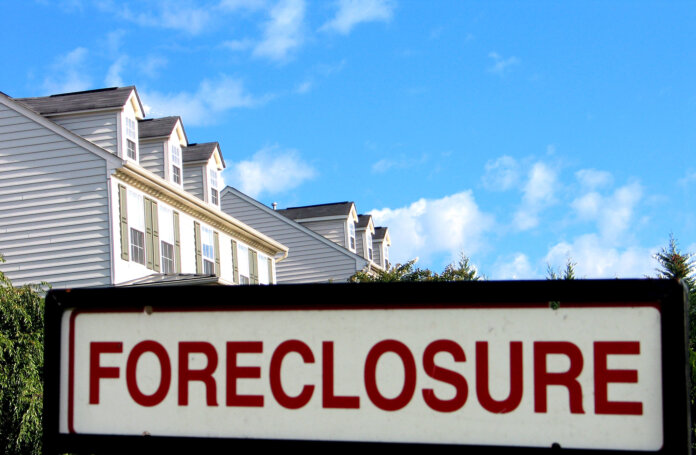ATTOM has released its October 2022 U.S. Foreclosure Market Report, which shows there were a total of 32,376 U.S. properties with foreclosure filings: up 57% from a year ago, but only up 2% from the prior month.
Nationwide, one in every 4,339 housing units had a foreclosure filing in October. States with the highest foreclosure rates were Illinois (one in every 1,779 housing units with a foreclosure filing); Delaware (one in every 2,178 housing units); New Jersey (one in every 2,305 housing units); South Carolina (one in every 2,711 housing units); and Nevada (one in every 2,755 housing units).
“Even though foreclosure activity continues its slow, steady increase since the end of the government’s moratorium, we’re still far below normal levels,” says Rick Sharga, executive vice president of market intelligence at ATTOM. “October foreclosure activity was about 59 percent of pre-pandemic numbers, and at its current pace foreclosures probably won’t be back to historically normal levels until sometime around mid-2023.”
Among the 223 metropolitan statistical areas with a population of at least 200,000, those with the highest foreclosure rates in October were Fayetteville, N.C. (one in every 1,135 housing units with a foreclosure filing); St. Louis, Mo. (one in every 1,177 housing units); Jacksonville, N.C. (one in every 1,203 housing units); Cleveland (one in every 1,624 housing units); and Spartanburg, S.C. (one in every 1,729 housing units).
Those metropolitan areas with a population greater than 1 million with the worst foreclosure rates in October included Las Vegas (one in every 2,062 housing units); Riverside, Calif. (one in every 2,127 housing units); and Chicago (one in every 2,154 housing units).
Lenders repossessed 4,156 U.S. properties through completed foreclosures (REOs) in October, up 18% from last month and up 37% from last year.
“Repossessions in October were just under 31 percent of where they were in October of 2019,” Sharga adds. “This suggests that borrowers in foreclosure have been able to sell their homes prior to the foreclosure auction, and that a higher percentage of properties at the auctions are being sold to third-party buyers. A new flood of REO homes seems increasingly unlikely to happen anytime soon.”
States that had the greatest number of REOs in October included Illinois (1,100 REOs), New York (273 REOs), Pennsylvania (251 REOs), Michigan (239 REOs) and California (194 REOs).
Those major metropolitan statistical areas (MSAs) with a population greater than 1 million that saw the greatest number of REOs in October included St. Louis (841 REOs); Chicago (220 REOs); New York (147 REOs); Philadelphia (124 REOs); and Detroit (98 REOs).
Lenders started the foreclosure process on 21,829 U.S. properties in October, down less than 1% from last month but up 103% from a year ago.
States that had the greatest number of foreclosure starts in October included California (2,594 foreclosure starts), Texas (1,901 foreclosure starts), Florida (1,528 foreclosure starts), New York (1,362 foreclosure starts) and Illinois (1,300 foreclosure starts).
Those major metropolitan areas with a population greater than 1 million that had the greatest number of foreclosure starts in October included New York (1,655 foreclosure starts); Chicago (1,107 foreclosure starts); Los Angeles (816 foreclosure starts); Philadelphia (788 foreclosure starts); and Miami (583 foreclosure starts).
Image: “Foreclosure” by taberandrew is licensed under CC BY 2.0 .














